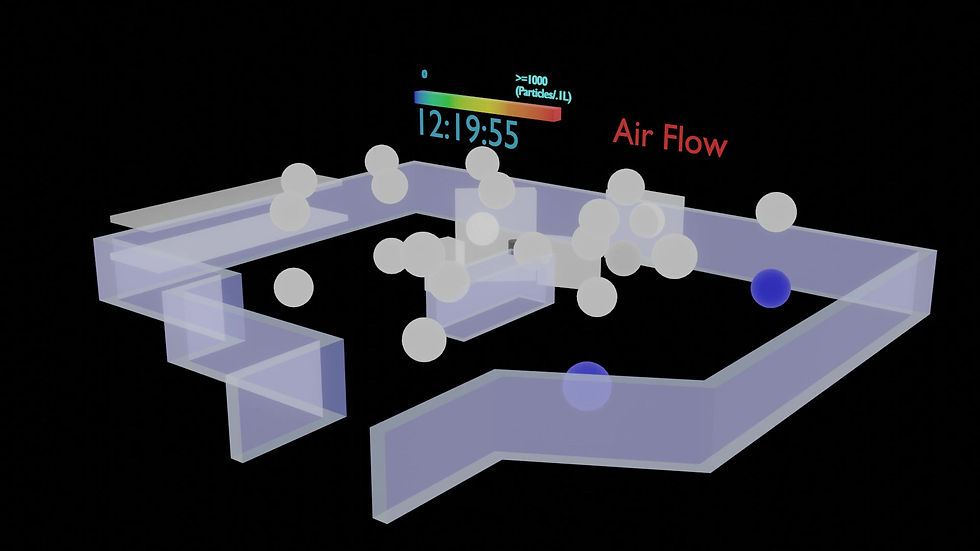
Air pollution has become a global concern, posing significant threats to human health and the environment. One of the most harmful pollutants is particulate matter, specifically PM2.5 particles. These tiny particles, measuring 2.5 micrometers or less in diameter, can have short-term and long-term effects on human health.
Particulate matter (PM) is a type of air pollution composed of tiny solid particles and liquid droplets suspended in the air. PM2.5 particles are a subcategory of PM, representing particles with a diameter of 2.5 micrometers or less. Due to their small size, PM2.5 particles can easily penetrate deep into the lungs and even enter the bloodstream, causing a wide range of health issues.

Exposure to PM2.5 particles can cause several short-term health problems. These may include:
Respiratory issues: PM2.5 can irritate the airways, leading to coughing, wheezing, and shortness of breath. Individuals with pre-existing respiratory conditions, such as asthma or chronic obstructive pulmonary disease (COPD), may experience worsened symptoms.
Cardiovascular problems: PM2.5 can cause inflammation and oxidative stress, increasing the risk of heart attacks, strokes, and other cardiovascular events, especially in individuals with pre-existing heart conditions.
Eye and throat irritation: The particles can cause irritation and inflammation of the eyes, nose, and throat, leading to symptoms such as redness, itching, and soreness.
Chronic exposure to PM2.5 particles can lead to several long-term health effects, including:
Respiratory diseases: Long-term exposure can contribute to the development of chronic respiratory diseases, such as asthma, bronchitis, and emphysema.
Cardiovascular diseases: PM2.5 has been linked to an increased risk of heart disease, stroke, and other cardiovascular issues, due to its ability to cause inflammation and oxidative stress.
Lung cancer: Research has shown a strong association between long-term exposure to PM2.5 particles and an increased risk of developing lung cancer.
Reduced life expectancy: Prolonged exposure to PM2.5 can lead to a reduced life expectancy, as it increases the risk of developing various chronic diseases and conditions.



Low cost optical particle monitoring sensors can be networked using the Internet-of-Things (IoT) technology. “Plumes” of harmful particles can be recorded at multiple points within a building and software can determine the status of the air quality in real time in a building or outside area. This can be especially useful in scenarios where there is significant pollution or an acute change in air quality due to a wildfire and the presence of hazardous smoke particles. A large network of sensors can tell us about the severity of the hazard as well as indicate where it might be coming from.
This technology is being used for occupational health studies in industrial manufacturing facilities that require air monitoring by law, as well as a variety of health care facilities which are especially sensitive to airborne particles as they are not only hazardous to the human respiratory system but can also spread disease.

